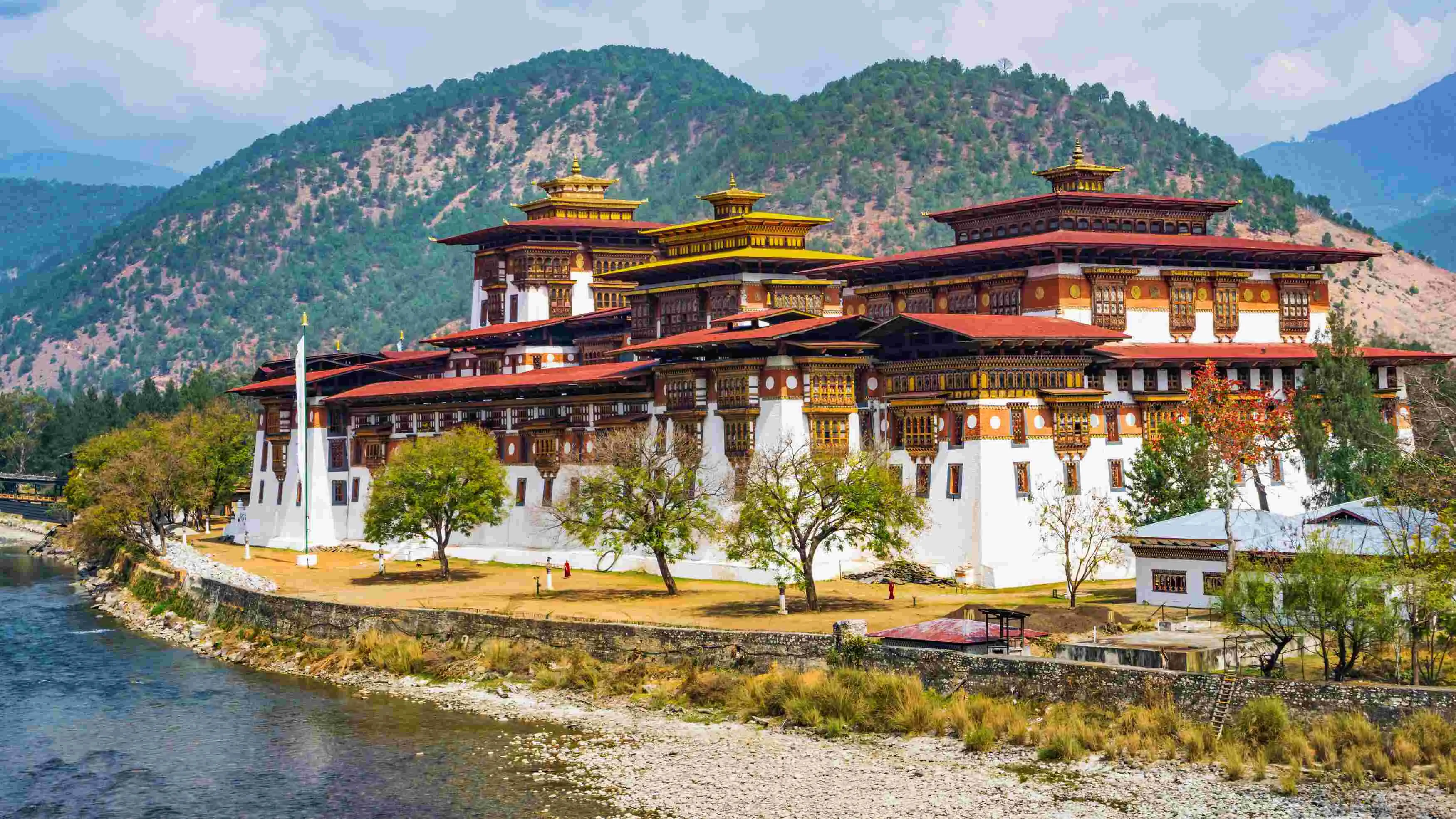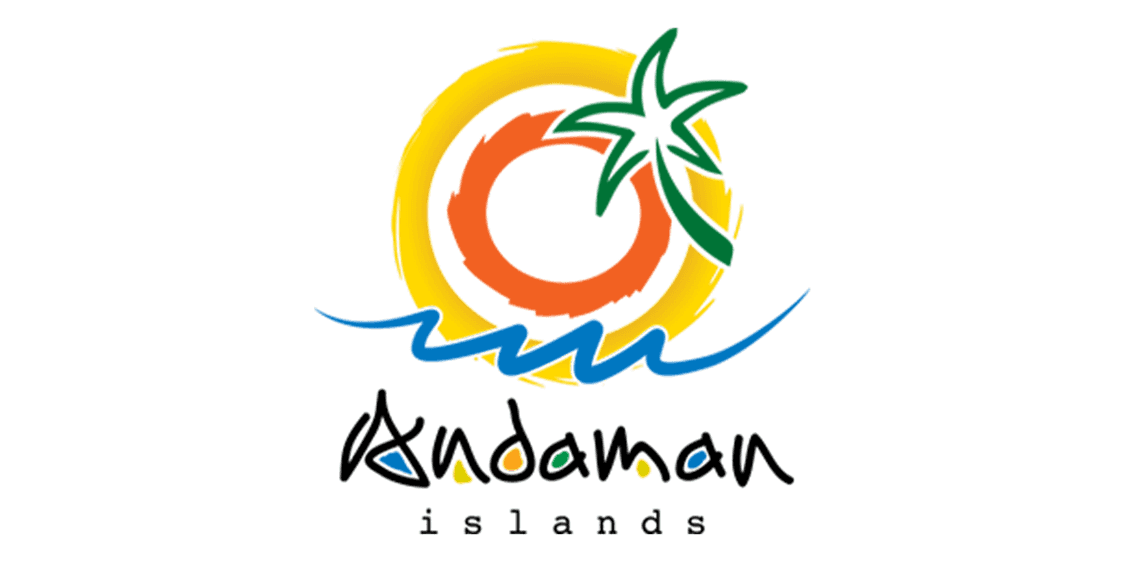
Punakha Dzong
Punakha Dzong (meaning Palace of Great Happiness), one of the most beautiful and significant fortresses in all duringbhutanutravel trip. Built in 1637 by Zhabdrung Ngawang Namgyal, the founder of Bhutan Dzongs is a masterpiece example of traditional Bhutanese architecture. The confluence of the Pho Chhu and Mo Chhu rivers that lies in one leg of this valley is considered so sacred to be found nowhere else.
This dzong was the administrative centre, and until 1955 had housed all ministries in temporary patched together barracks following a fire that caught from butter lamps. It remains of great importance due to the winter palace of Bhutan head abbot Je Khenpo and stacks many religious relics The grand courtyards, ornate carvings and beautiful paintings depict Bhutanese history and culture.
Punakha Dzong is additionally regarded as the upcoming of Bhutan festivals, especially Punakha Tshechu and Drubchen were organised with tons rejoicing. It is a type of local festival featuring colourful mask dance, religious rites and communal feasts that allows the tourists an opportunity to experience traditional customs as well. Isolated from the dzong’s tranquillity, its visual grandeur and cultural significance likewise commands a compulsory halt in any travel schedule of Bhutan
Highlights:
> Architectural Splendor: The most decorative of Dzongs in Bhutan with some beautiful carvings and paintings which is why this must indeed be on your itinerary.
> History: One of the most beautiful places, it was once used as ancient Bhutanese administrative center and winter capital.
> Scenic Location: It is placed just at the conflux of Pho Chhu and Mo chhu rivers, which makes this place far better than anything for Bhutan trip as it opens out unlimited valleys' sight with tranquil environment.
> Religious Significance: As home to the sacred relics and winter abode of Bhutan’s spiritual leader, it can imbibe a touch a spirituality into your Bhutan trip.
> Festival Hub: Plays host to the Punakha Tshechu, a well-known festival in Bhutan with dancers is traditional attires and masks known for being sold-out on most of Bhutan holiday packages.
Best Time to Visit:
Punakha Dzong is at its very best in the blossoming spring months of March to May when temperatures are mild, and frothy jacaranda trees provide a purple tinge across valley.Bottom Line. It is a great season for sightseeing and outdoor events. It is also a good time to visit between September and November, in autumn at the same path of Punakha Tshechu festival prevalent. The skies are almost always clear, and the temperatures mild for exploring dzong of experiencing Bhutan's cultural festivals. The best time to plan your Bhutan vacation is somewhere around these times so that you will also be able enjoy the wonderful weather.
Speciality:
The fortress is also famous for its impressive architecture and historical importance. Built without nails, its design demonstrates the skill of Bhutanese workers. The dzong is not only an administrative centre but also a religious center housing sacred relics of the Drukpa Lineage. Located in the dzong's courtyard, one of the annual highlights is Punakha Tshechu festival that showcases religious mask dances and ritual activities to ensure peace & happiness throughout Bhutanese culture, transmitting Buddhist teachings. This beautiful and historic fortress-monastery is situated in a spectacular location, overlooking the Paro valley on one side as well as majestically defend the other end of another major route to Bhutan – only adding further towards making it obligatory part for your complete.
Nearby Attractions:
> Chimi Lhakhang: This temple is also referred to as the Fertility Temple and it's very popular pilgrimage site for couples looking for child blessings.
> Khamsum Yulley Namgyal Chorten: A beautiful stupa looking over the Punakha Valley, with a lovely walk up to it.
> Pho Chhu Suspension Bridge: One of the longest suspension bridges in Bhutan with great views and a precarious walk.
> Punakha Ritsha Village: Get an impression of the Bhutanese way of life in this agricultural village and observe local farm activities.
> Talo Monastery: This calgarymb monastery lies at the best of a hillock that provides silent ambience and panoramic perspectives with inside the valley beneath.
Places to Stay:
> Dhensa Boutique Resort: A beautiful hill resort with the natural view of hills huge luxurious rooms to for accommodation
> Punakha Riverside Lodge: a peaceful riverside retreat nestled next to you by the river.
> RKPO Green Resort: A contemporary resort with the hospitality of a traditional Bhutan residence, and all of its excellent facilities.
> Meri Puensum Resort: Best Known for its friendly staff and beautiful scenery, providing great comfort.
> Hotel Lobesa: It provides budget accommodations with comfort rooms, and is close to some destinations as well.
How to Reach:
Set in Bhutan, Punakha Dzong is located with common transportation linkages of big town. The closest airport is Paro International Airport with scheduled flights from Kolkata, Bangalore Mumbai Chennai Pune and Gujarat. From Paro you need to take a taxi or rent a car but it will be 3–4 hours of journey time. Else you can take a road journey from the capital city, Thimphu about 2-3 hours away. Here, too, the setting in which you arrive here is great; just driving to Punakha Dzong will take one past the Dochula Pass with views over a seemingly unending range of high peaks, some still covered by snow and making that appearance quite splendid. This service will take you to Punakha comfortably and just 5 hours drive by public bus or private taxi.
Activities to Do:
> Head to the Dzong: Discover grand courtyards, temples and ancient artifacts in Punakha Dzong.
> Festival Visits: Enroll for the lively Punakha Tshechu festival and watch cultural performances like mask dances.
> Hiking: Take a hike to nearby destinations such Khamsum Yulley Namgyal Chorten and Talo Monastery for scenic views.
> River Rafting: A white-knuckle ride down the Pho Chhu and Mo Chhu rivers of a lifetime.
> Photography: Take pictures of the beautiful dzong and Punakha Valley.
Precautions to Take:
> Always Dress Modestly: Ensure that you dress accordingly for local customs especially when visiting religious temples.
> Weather Preparedness: Warm clothing for the evenings and rain gear if it happens to be monsoon.
> Local Customs: Adhere to the dress code and behave appropriately in religious places, especially during festivals.
> Hydrate: Keep a water bottle with you and stay hydrated, especially if do hikes or outdoor sports.
> Drive Carefully: It is very important to be careful on winding roads and ensure your vehicle has reliable transportation.






























